MercoPress. South Atlantic News Agency
Environment
-
Friday, April 23rd 2010 - 06:21 UTC
Gulf of Mexico Rig Explodes and Sinks; 11 Workers Missing; Fears of Oil Leak
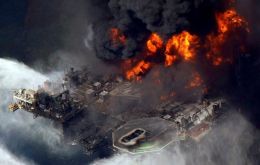
An oil rig in the Gulf of Mexico that caught fire after an explosion on Tuesday night has now sunk, the US Coast Guard has said. A search is continuing for 11 missing workers after the blast at the Deepwater Horizon rig. The other workers on the rig, off Louisiana, were evacuated to the US.
-
Wednesday, April 21st 2010 - 16:59 UTC
Satellite mapping show Chilean cities hit by quake have “grown” in height
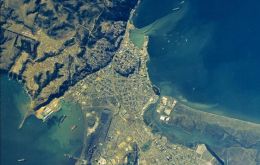
Chilean scientists working next to US Geological Service (USGC) peers are mapping areas of the country devastated by the February 27 earthquake to determine how much has changed geographically.
-
Wednesday, April 21st 2010 - 16:48 UTC
Ash-cloud cost airlines 1.7 billion; IATA calls for government compensation
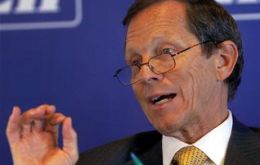
The International Air Transport Association (IATA) estimated that the Icelandic volcano crisis cost airlines more than 1.7 billion US dollars in lost revenue through Tuesday—six days after the initial eruption. For a three-day period (17-19 April), when disruptions were greatest, lost revenues reached 400 million USD per day.
-
Wednesday, April 21st 2010 - 03:29 UTC
Brazilian government awards bid to build controversial Amazon dam
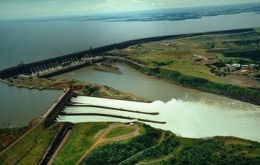
The Brazilian government accepted bids Tuesday to build what would be the world’s third-largest hydroelectric dam in the Amazon. Officials proceeded with the auction immediately after a judge overturned another magistrate’s injunction blocking the tender and revoking the environmental permit for the 11,000 MW Belo Monte complex.
-
Tuesday, April 20th 2010 - 21:20 UTC
Mujica and Mrs. Kirchner to address “bi-national relations and pickets”
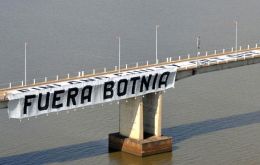
“There are no miracles; we feel cool about the decision”, said Uruguayan president Jose Mujica following the International Court of Justice ruling which means there will be no relocation of the Orion pulp mill which besides does not contaminate, as was claimed by Argentina when it presented its case back in 2006.
-
Tuesday, April 20th 2010 - 21:11 UTC
“Argentina’s environmental hypocrisy”

In its judgement on ”Pulp mills on the River Uruguay (Argentina vs. Uruguay)”, the International Court of Justice, (UN principal judicial organ) declared that Uruguay has not breached its substantive obligations for the protection of the environment provided by the Statute of the River Uruguay by authorizing the construction and commissioning of the Orion (Botnia) pulp mill.
-
Tuesday, April 20th 2010 - 21:00 UTC
Uruguay’s and Argentina celebrate Court’s ruling on pulp mill dispute

Much as was anticipated, Uruguay and Argentina celebrated as favourable the ruling of the International court of Justice regarding a long standing pulp mills dispute, while environmentalists were totally disappointed and promised to continue and intensify their protests and pickets.
-
Tuesday, April 20th 2010 - 19:39 UTC
Chile surveying glaciers to gauge extent of climate change impact
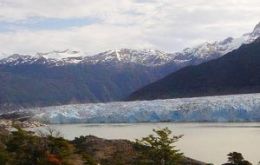
Academics from around the world are taking an interest in Chile’s glaciers. A team of Canadian, French and Chilean experts have been working in Punta Negra, located in the Laguna Negra section of Cajon de Maipo (south of Santiago) since 2003, following both covered glaciers and those known as rock glaciers.
-
Tuesday, April 20th 2010 - 16:21 UTC
Bolivia organizes grassroots alternative to UN climate change

Delegates are gathering in the Bolivian city of Cochabamba for a grassroots alternative to last year's UN climate change summit in Copenhagen. The meeting will also celebrate the rights of Mother Earth on 22 April.
-
Saturday, April 17th 2010 - 01:37 UTC
Ash cloud over Europe cancels 17.000 flights, costs carriers 200 million daily

Millions of passengers have been stranded in Europe as air traffic controllers cancelled 16.000 flights Friday after a huge ash cloud spread from an Icelandic volcano covering much of the northern continent.
